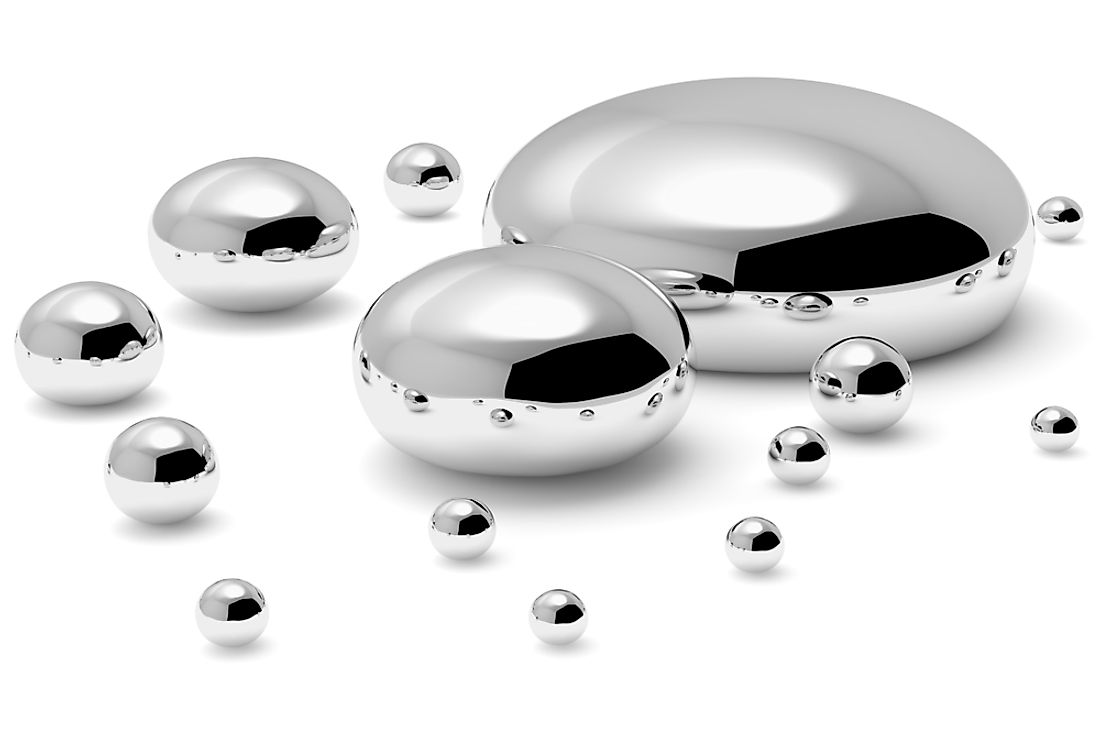What Are The Effects Of Mercury Poisoning?

Mercury light bulbs and thermometers are rare in the 21st Century, but they were quite common in the past couple of years. These thermometers and light bulbs often broke and spilled mercury which has a severe health hazard. There were also instances when mercury was used in the production of some medicinal drugs. Mercury poisoning is caused by the exposure to mercury and has many effects on the body, which are manifested either gradually or instantaneously.
Effects And Symptoms Of Mercury Poisoning
Acute mercury poisoning can result in liver and brain damage and ultimately lead to death. Dimethylmercury is the most dangerous of all mercury-based compounds, with minute drops on insufficiently-covered skin being fatal. Many of the effects of mercury poisoning are similar to those linked to other ailments such as pheochromocytoma. Some of the symptoms that are associated with mercury poisoning include burning and itching sensations in the exposed area. Some people can also exhibit formication or a feeling of insects crawling under the skin. Other symptoms are the discoloration of the cheeks, toes, and fingertips, as well as an uncontrolled increase in salivation. The peeling or shedding of the skin on the exposed area is a sign of mercury poisoning from elemental mercury. Air-borne mercury poisoning is manifested through tremors, memory loss, motor disturbance, insomnia and emotional instability. Profusely sweating and abnormally fast heartbeats are other symptoms associated with mercury poisoning. Some mercury poisoning symptoms in children include sudden hair loss, light sensitivity, and muscle weakness.
Sources Of Mercury Poisoning
Mercury poisoning in humans can either be from ingesting, inhaling or touching mercury and mercury-based compounds. Touching mercury can lead to mercury poisoning and trigger its many adverse effects. Fish is the primary cause of ingested mercury. The world’s rivers, lakes, and oceans are polluted to unprecedented levels, and some of the toxins that pollute these aquatic habitats are mercury-based compounds. Fish living in these polluted water bodies have high mercury levels in their bodies, which increase as one moves upper the aquatic food chain due to bioaccumulation. The predominant air-borne cause of mercury poisoning is from the emissions in coal power stations. These power stations are estimated to produce more than 60% of the global artificial mercury, and more than 50% of the atmospheric mercury in the world. Volcanic eruptions are the major natural source of atmospheric mercury.
Prevention Of Mercury Poisoning
There are several ways to prevent mercury poisoning in individuals. The obvious one is the elimination or reduction of mercury exposure which can be achieved by avoiding areas known to have mercury pollution. Another is the decreased consumption of fish sourced from waters with mercury toxicity. Governments come in the prevention of mercury poisoning by regulating industries which emit mercury-based compounds such as gold mining and coal power plants, while sensitizing the public on the presence of mercury in fish, and discouraging the public from consuming mercury-laden fish. The European Union led the way in acting against mercury poisoning, after banning the export of mercury in March 2010.
Mercury Spills
In many instances, mercury poisoning occurs after mercury or mercury-based compounds have spilled. The first course of action in dealing with mercury spills should be the identification of the source of the spill. If the mercury spill, covering them with powdered sulfur is highly recommended to create solid compounds which are easy to clean as opposed to liquid compounds.











